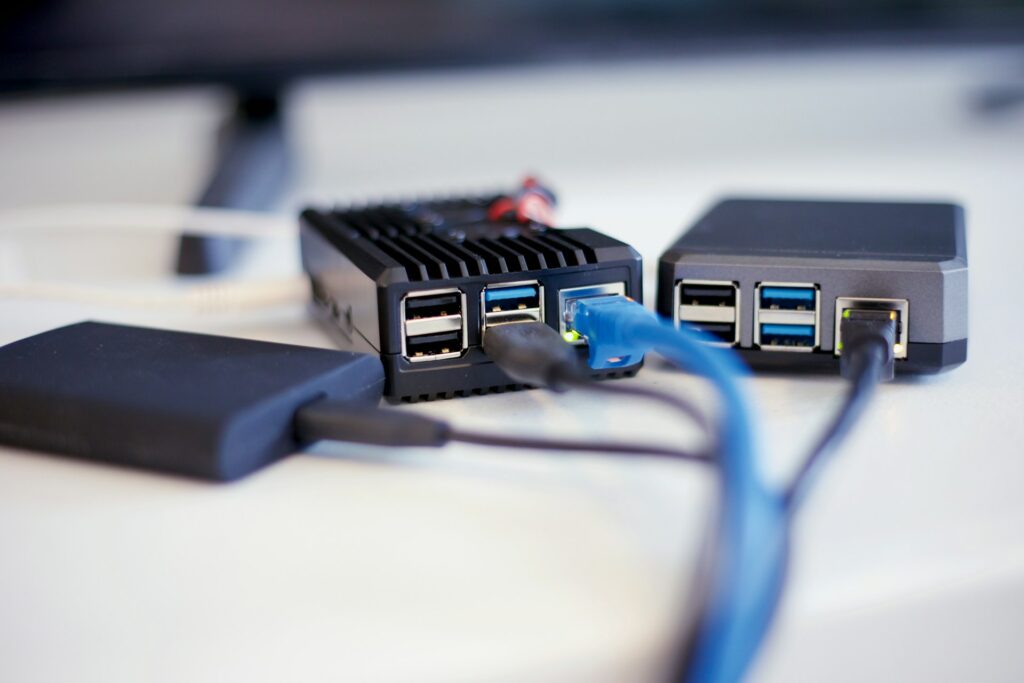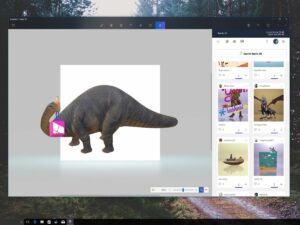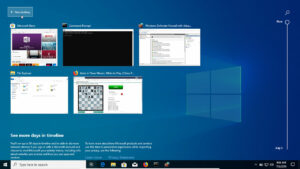Mastering the Art of Portrait Transformation: A Comprehensive Guide to Using Smart Portrait in Photoshop
Introduction: Photoshop, the industry-standard software for digital image editing and manipulation, offers a plethora of tools and features to unleash...
 How to Manage Freelance Projects and Deadlines Effectively
How to Manage Freelance Projects and Deadlines Effectively  How to Set Up a Local Network for File Sharing Between Computers
How to Set Up a Local Network for File Sharing Between Computers  Understanding Cloud Computing: How to Store and Access Files Online
Understanding Cloud Computing: How to Store and Access Files Online  How to Secure Your Network Using a Basic Firewall Configuration
How to Secure Your Network Using a Basic Firewall Configuration  How to Create a Simple Database Using MySQL and phpMyAdmin
How to Create a Simple Database Using MySQL and phpMyAdmin 















